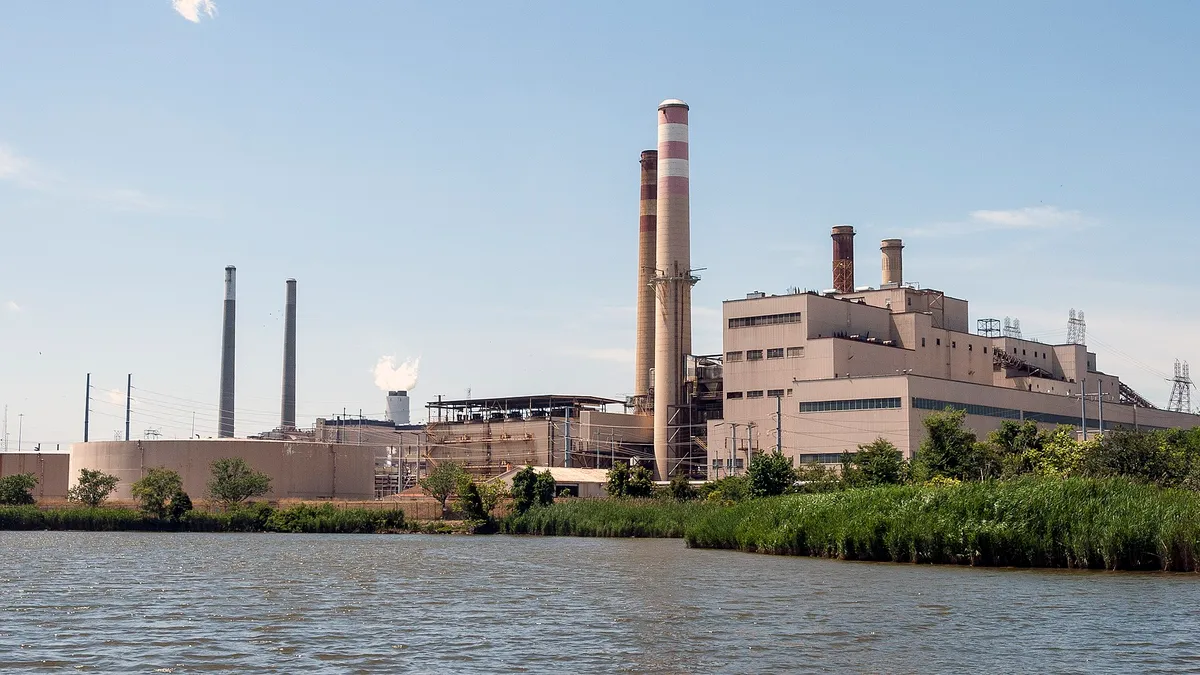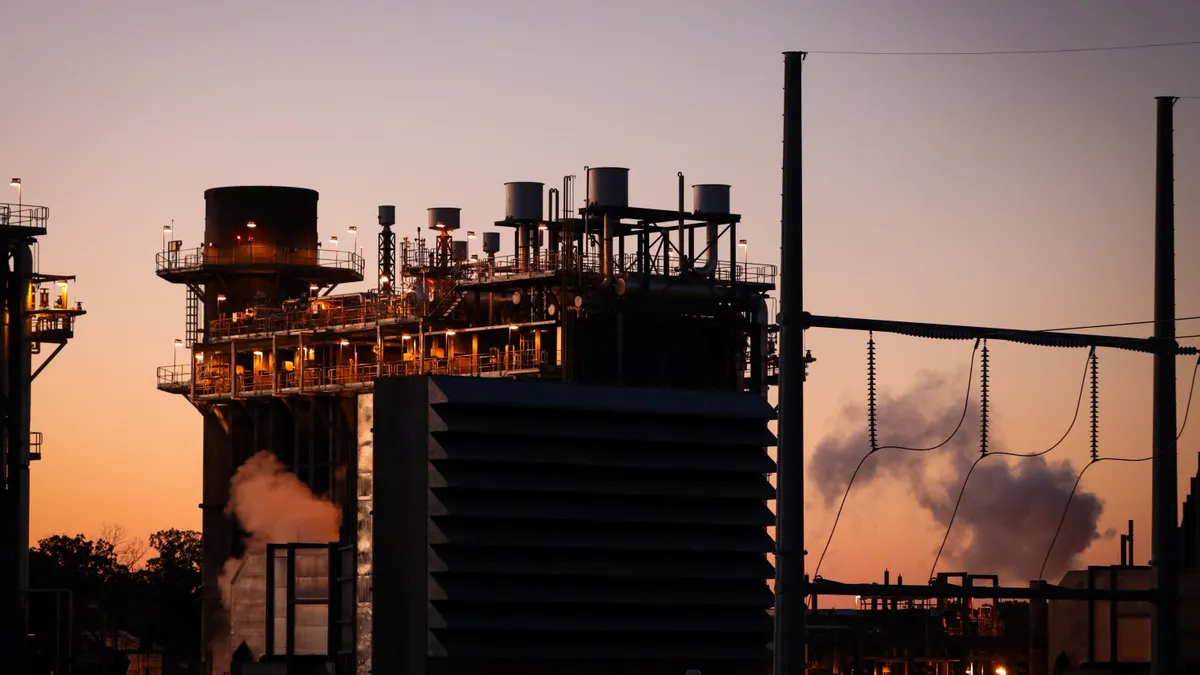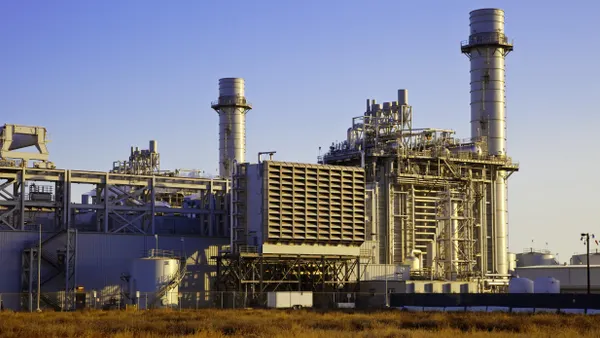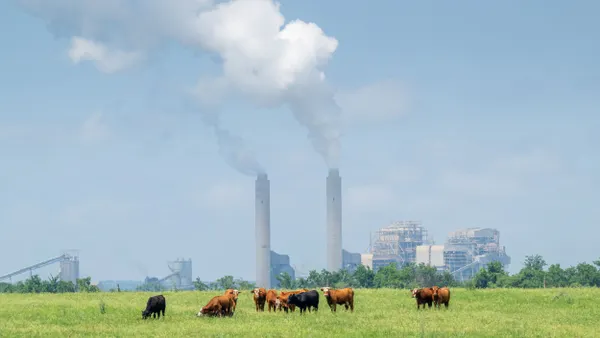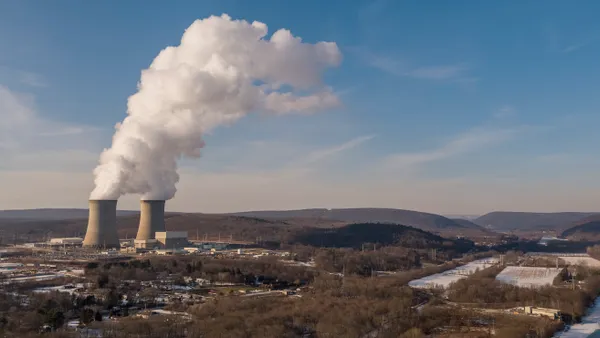The U.S. Department of Energy on Monday issued an emergency order at the request of the PJM Interconnection to allow a nearly 400-MW oil-fired unit near Baltimore to run beyond its operating limits as the eastern U.S. swelters under a heat wave.
The unit is one of several owned by Talen Energy or its subsidiaries that were slated to retire in May before the company reached a “reliability-must-run” agreement, approved by the Federal Energy Regulatory Commission, to delay their shuttering to 2029.
Under a separate 2020 consent order, H.A. Wagner generating station’s unit 4 can run no more than 438 hours, or 18.25 days, a year, according to PJM. The order was prompted by an Environmental Protection Agency’s finding that the plant was a significant source of local air pollution.
As of July 21, the unit had about 80 hours remaining under its operating cap.
In issuing the 90-day order, DOE agreed with PJM that there is an “imminent electric reliability emergency” in the Baltimore Gas and Electric zone in Maryland. Without the order, there could be blackouts in the BG&E zone, according to PJM’s petition to DOE.
PJM told DOE that even with the granting of the emergency order, the plant will “continue to be operated in compliance with permitted emissions limits,” the order says. The order “does not provide relief from any obligation to pay fees or purchase offsets or allowances for emissions that occur during the emergency condition.”
PJM expects it will need to be able to call on unit 4 for the rest of the year, including when temperatures hit about 92 degrees in the region, according to DOE. The emergency order runs through Oct. 26.
Wagner is not the only generating unit that’s been affected by a DOE emergency order, which can keep generators online beyond their retirement dates.
At least two lawsuits were filed last week over DOE’s emergency order directing Consumers Energy to run a coal-fired power plant in Michigan beyond its scheduled retirement.
One suit was filed by Michigan’s attorney general and the other was filed by a coalition of groups, led by the Sierra Club and Earthjustice.
DOE abused its authority by failing to show that emergency conditions exist in the Midcontinent Independent System Operator footprint warranting its May 23 order directing Consumers Energy to delay retiring the 1,560-MW, J.H. Campbell power plant in West Olive, Michigan Attorney General Dana Nessel said in a suit filed on July 24 in the U.S. Court of Appeals for the District of Columbia Circuit.
“The result of this overreach will be unnecessary costs imposed on already-overburdened ratepayers, needless pollution emitted into Michigan and its neighboring states, and an unprecedented intrusion into the authority of states and the Federal Energy Regulatory Commission to regulate the resource adequacy of our electric grid,” Nessel said in the suit.
DOE’s directive for the Campbell power plant deviates from the department’s historic use of the Federal Power Authority’s section 202(c), which allows the department to order power plants to run in response to discrete emergencies, according to Nessel.
“[The order] can only be understood as part of a long-term and multi-part strategy to preserve coal and other fossil fuel generation under the guise of grid reliability concerns,” Nessel said.
The Sierra Club, Natural Resources Defense Council, Michigan Environmental Council, Environmental Defense Fund, Environmental Law and Policy Center, Vote Solar, Union of Concerned Scientists, Ecology Center and Urban Core Collective also challenged DOE’s emergency order in a suit filed by Earthjustice.
“It was the reasoned judgment of the utility, state regulators, the Michigan AG, and a wide array of ratepayer and environmental interests in Michigan that this old jalopy of a power plant should be retired,” Shannon Fisk, Earthjustice attorney and director of state electric sector advocacy, said in a statement. “While the administration might not like that fact, a fabricated energy emergency does not give them the authority to saddle Michiganders with the costs and pollution of a coal plant that the utility has already replaced with other resources.”



